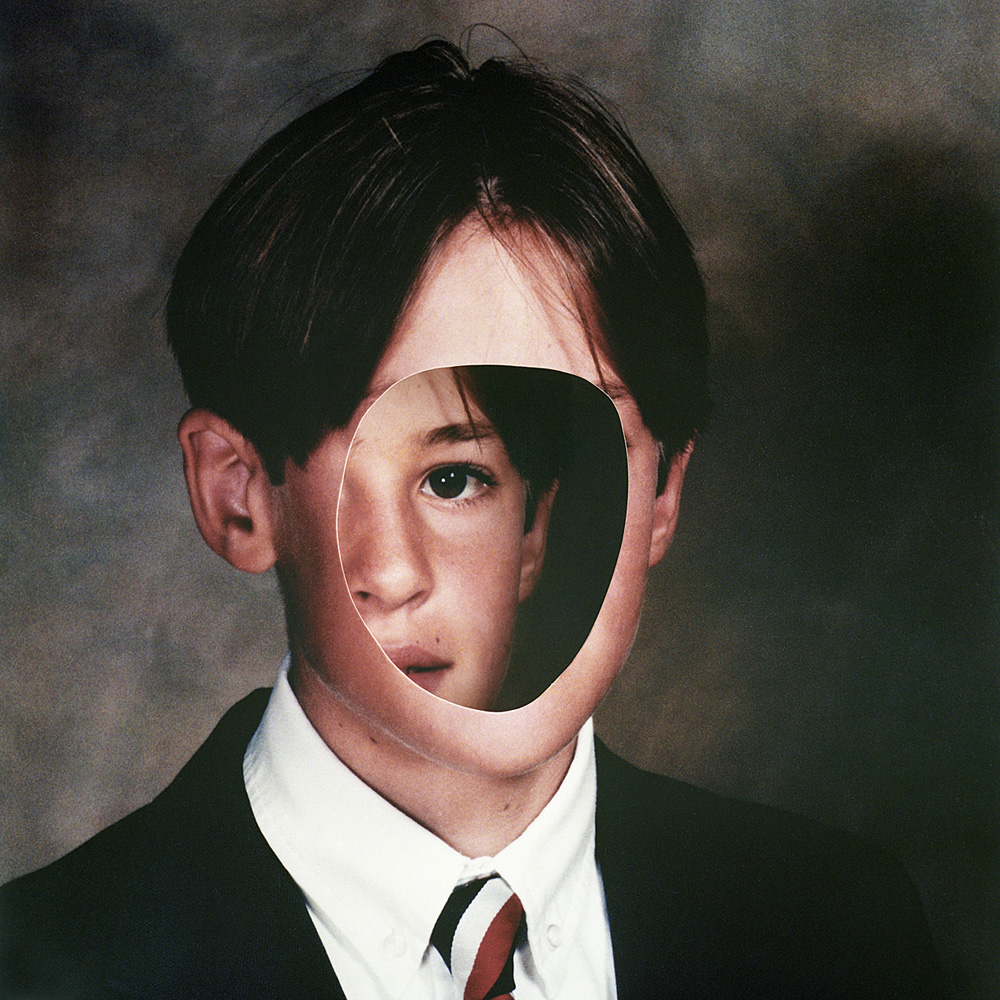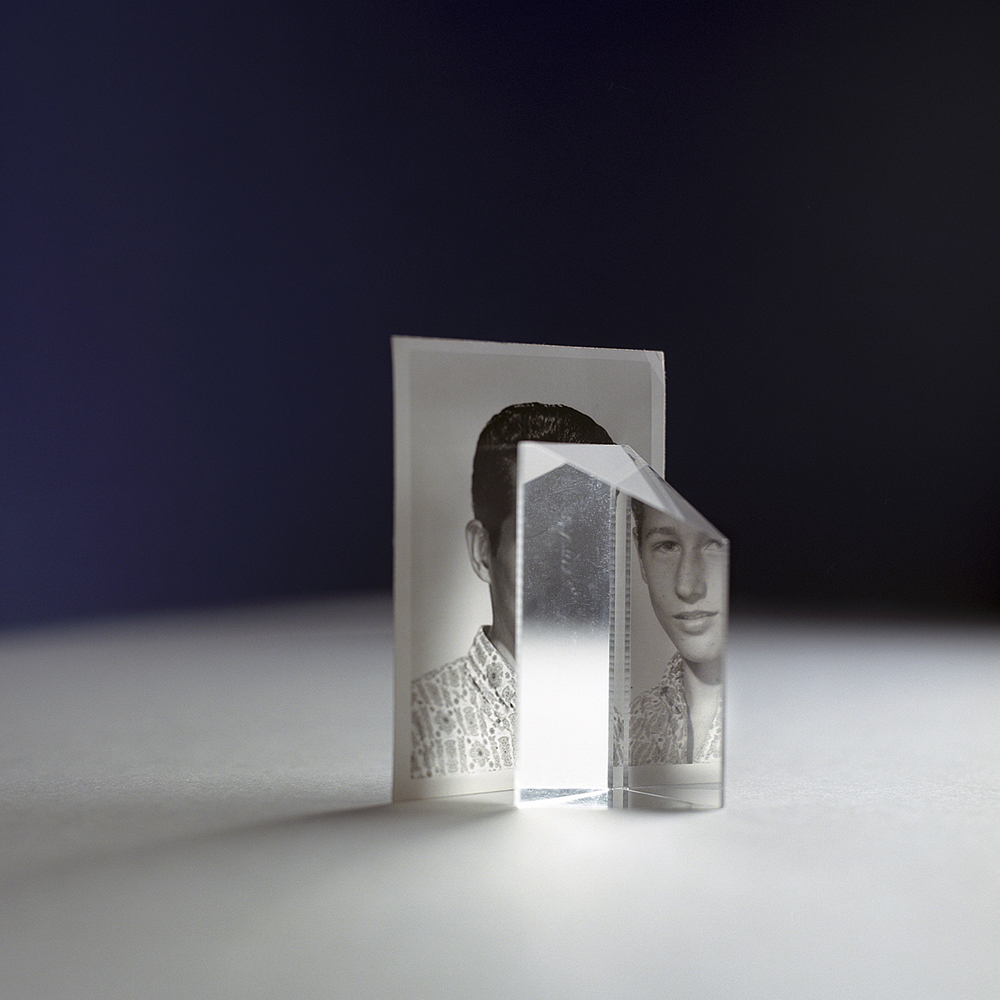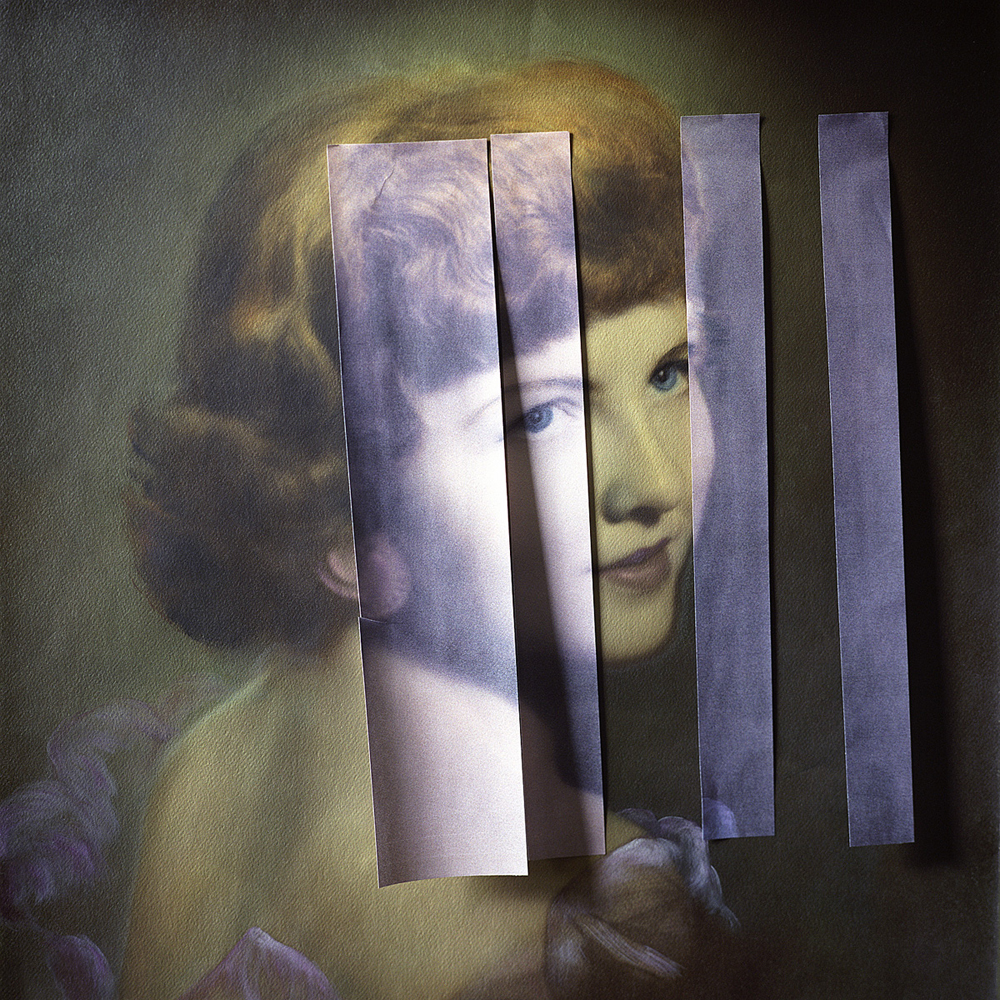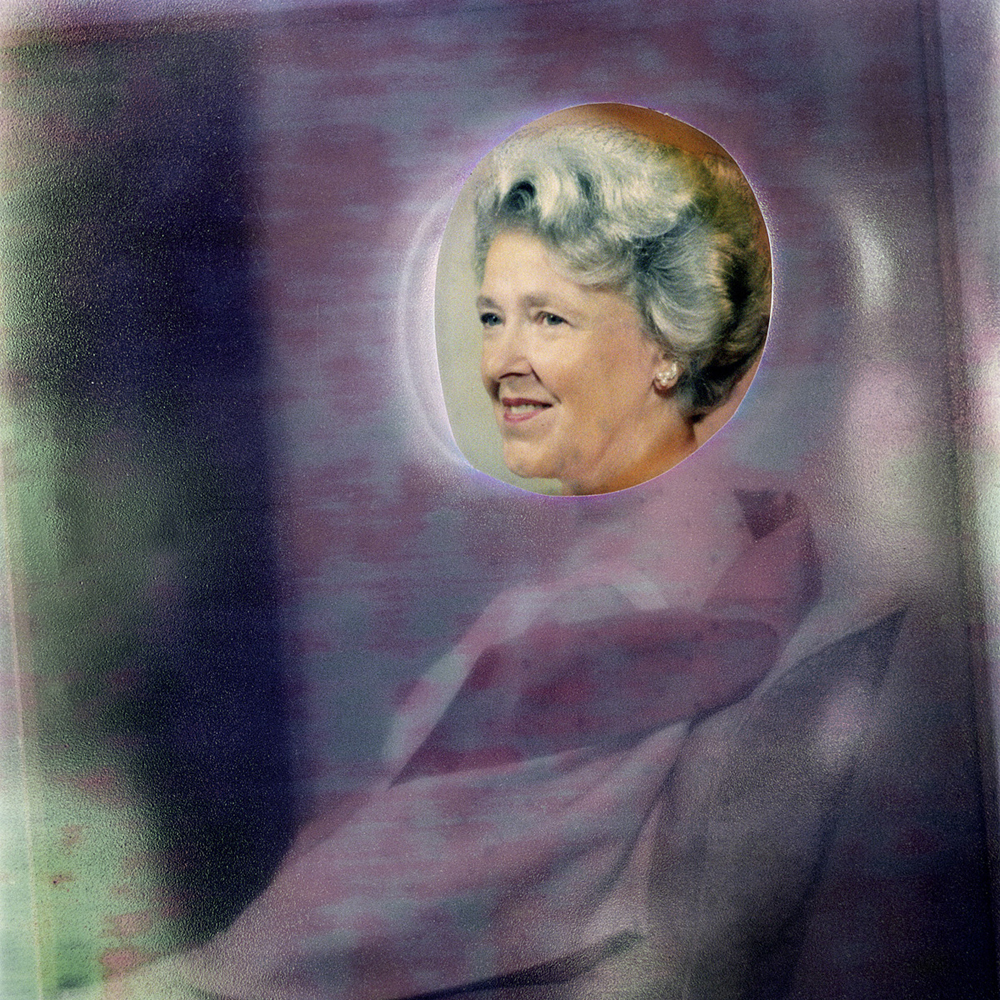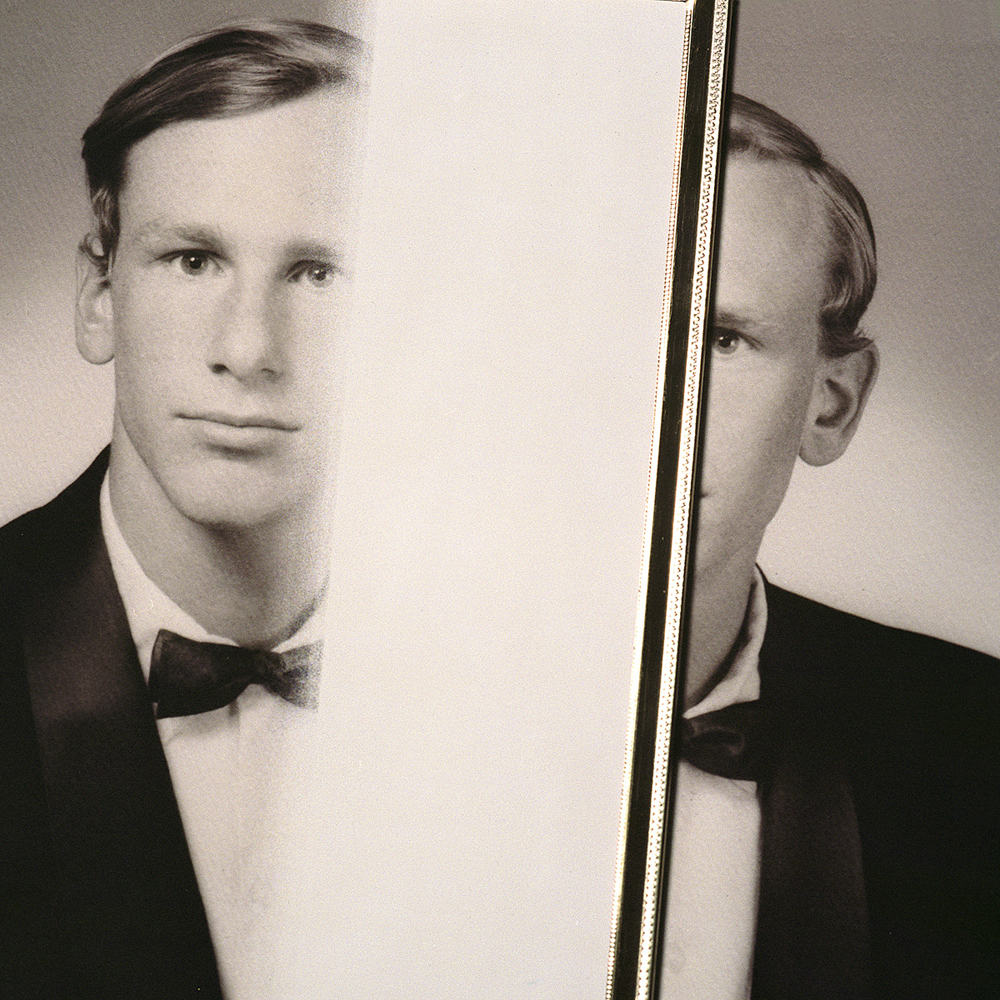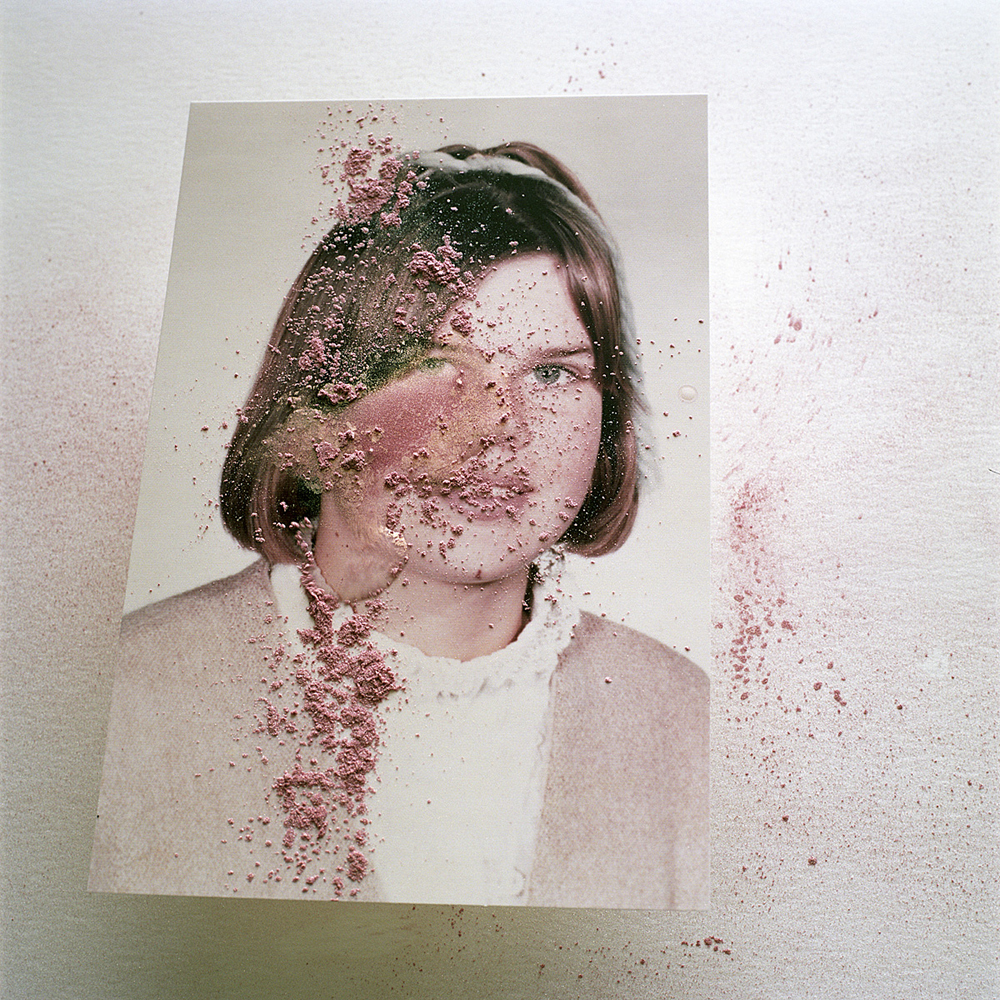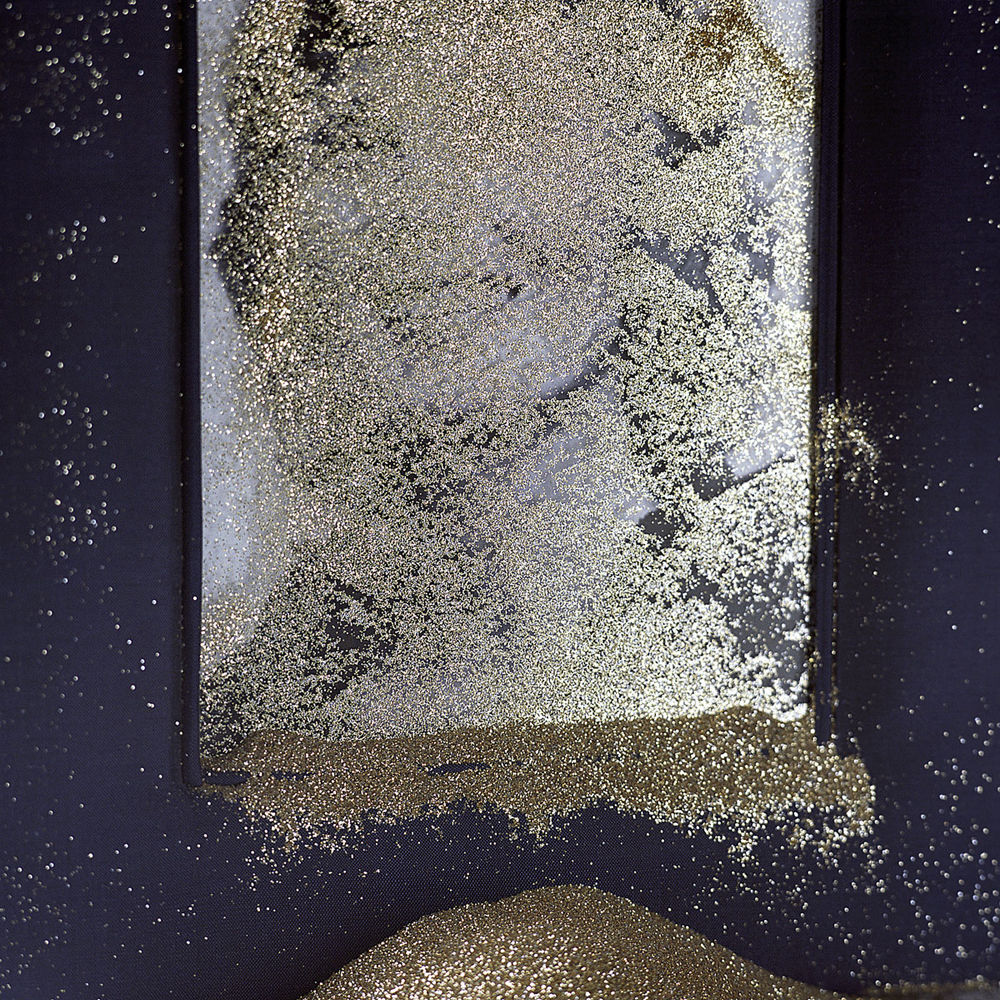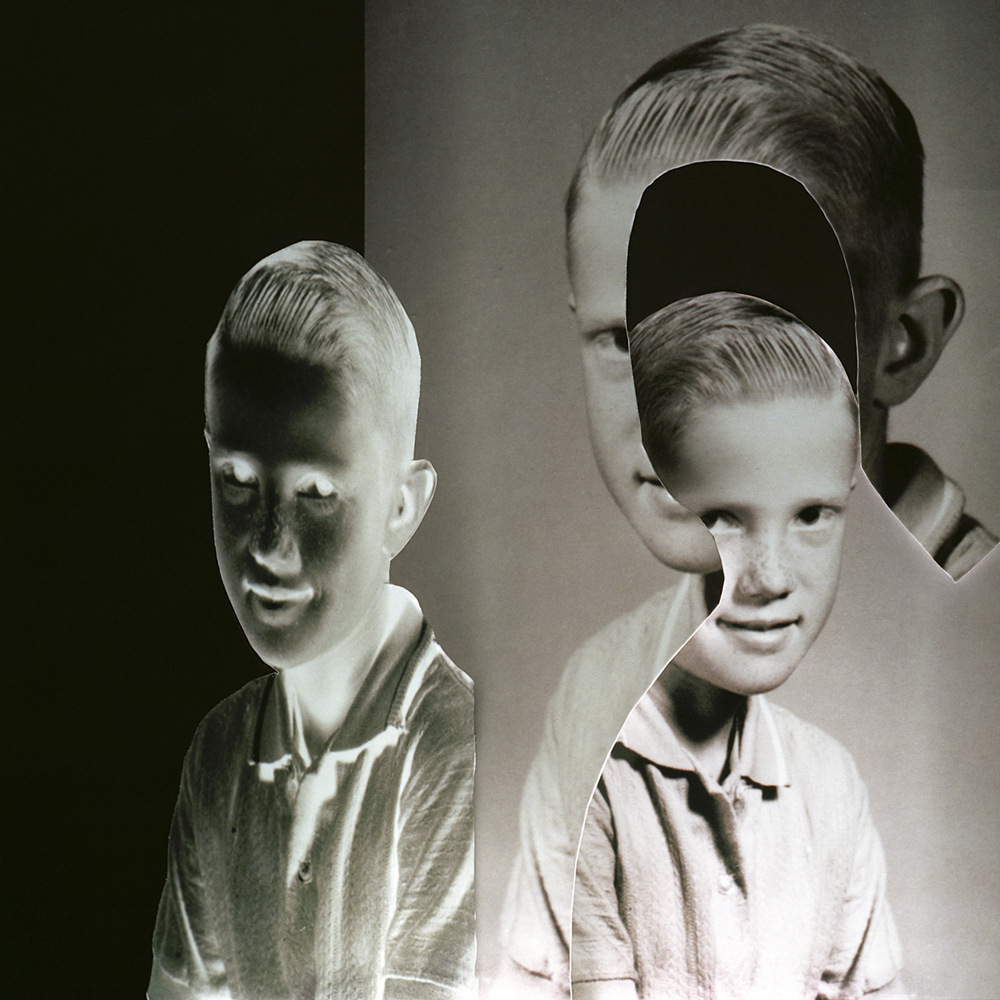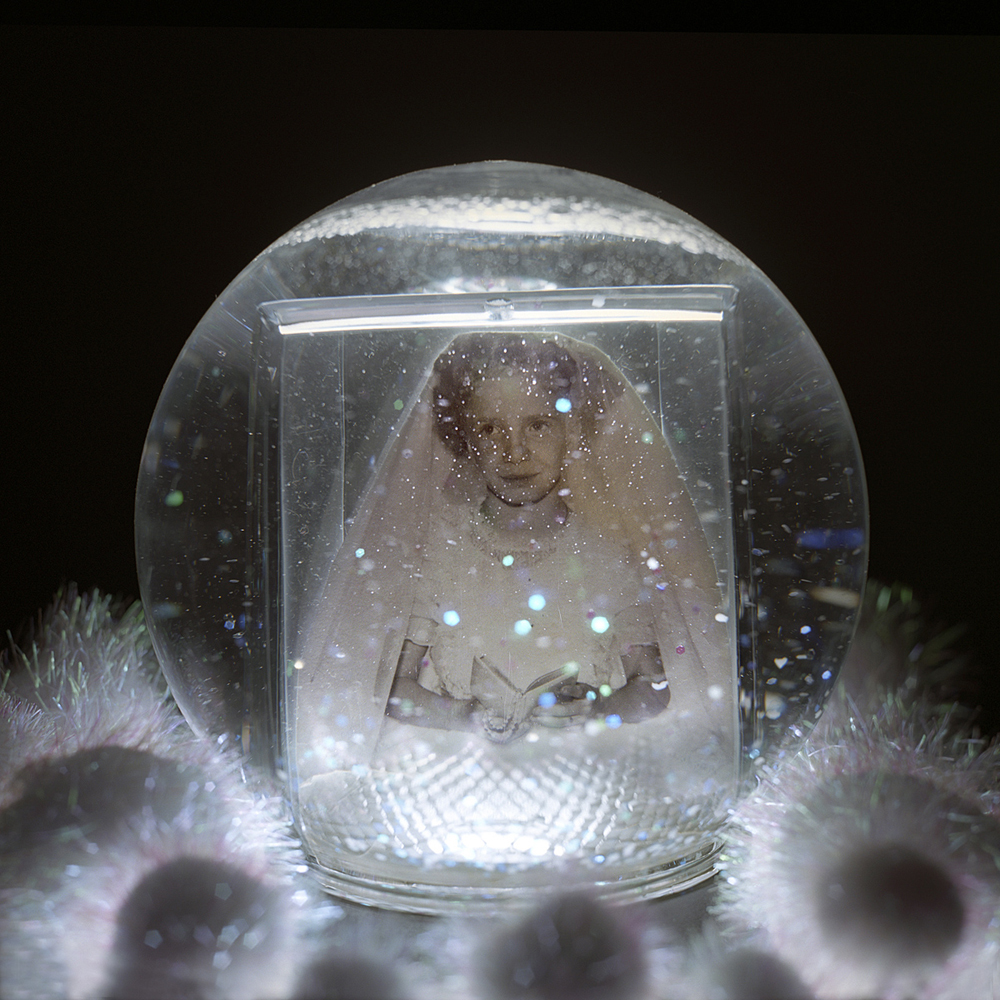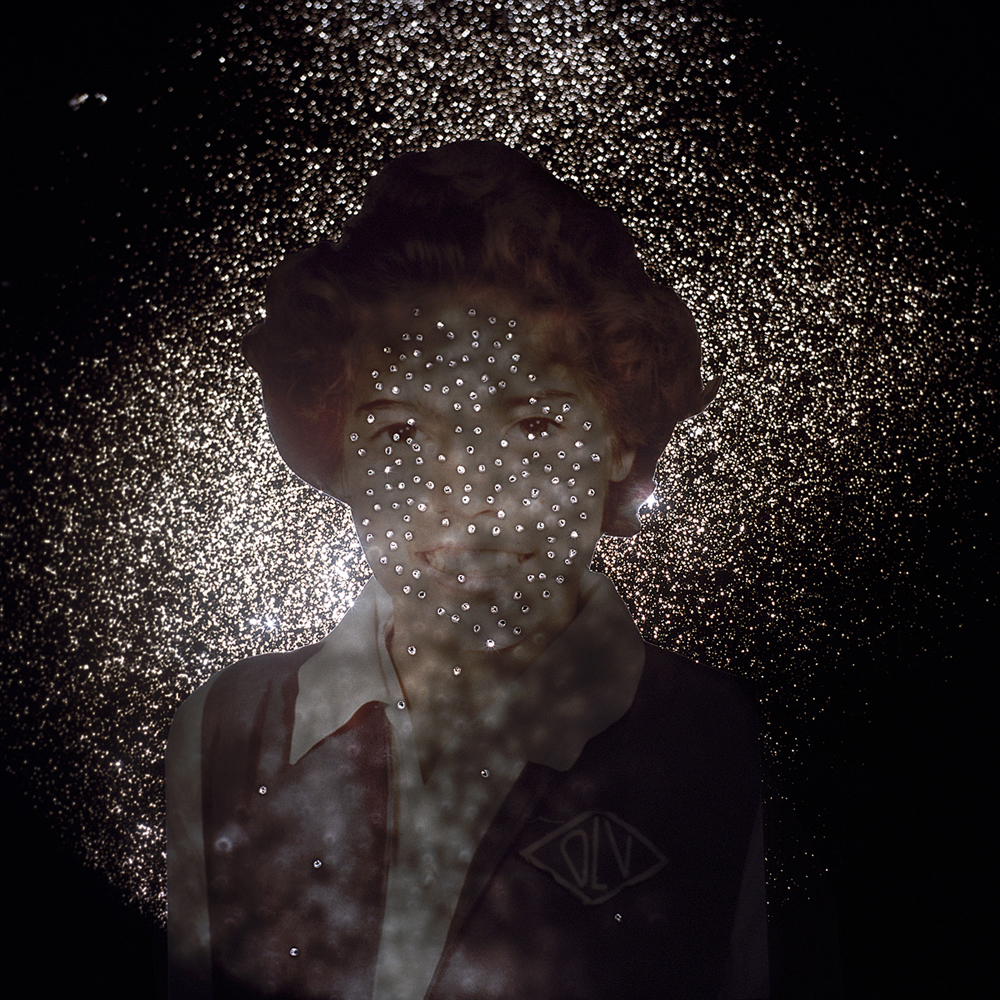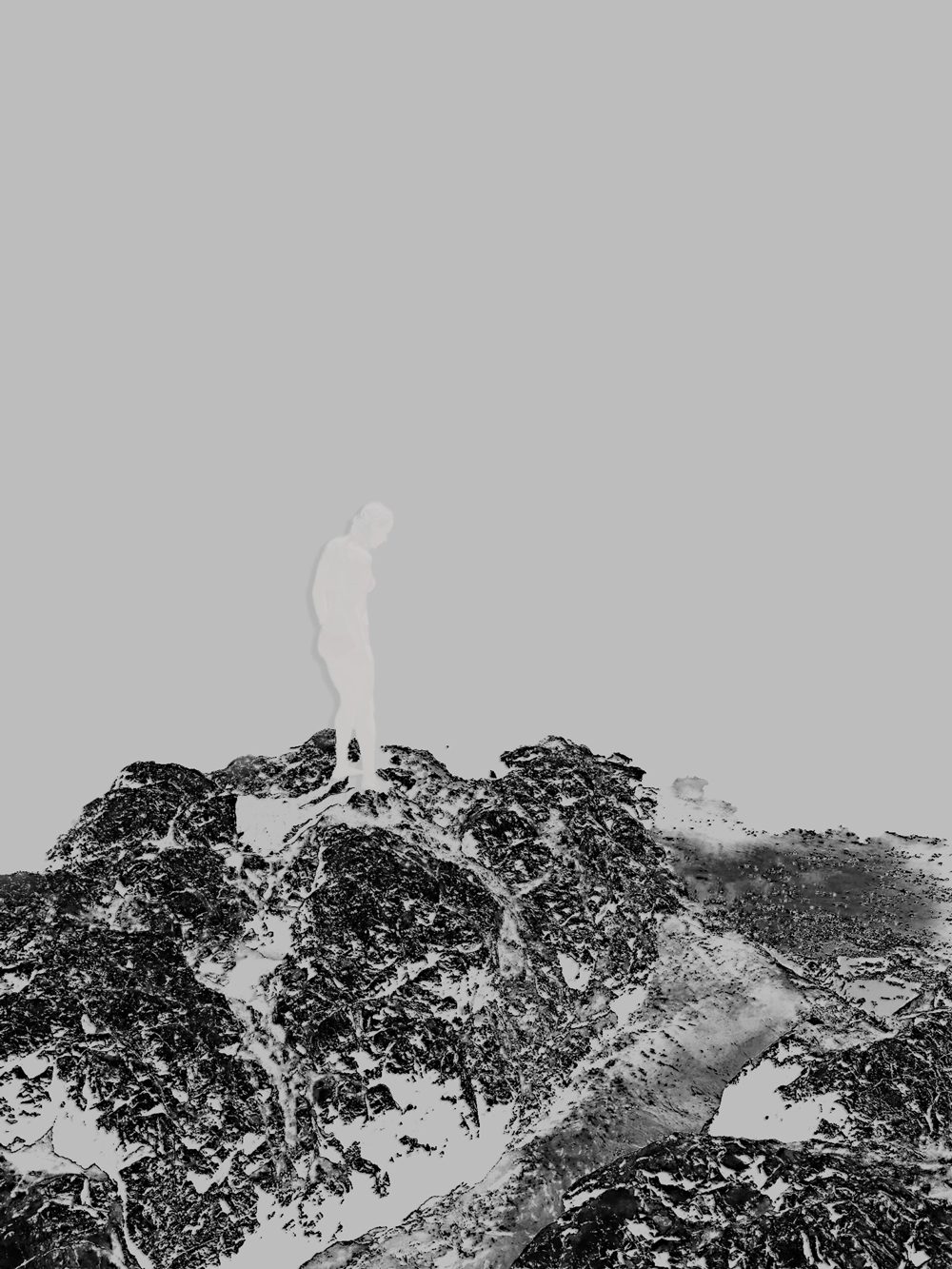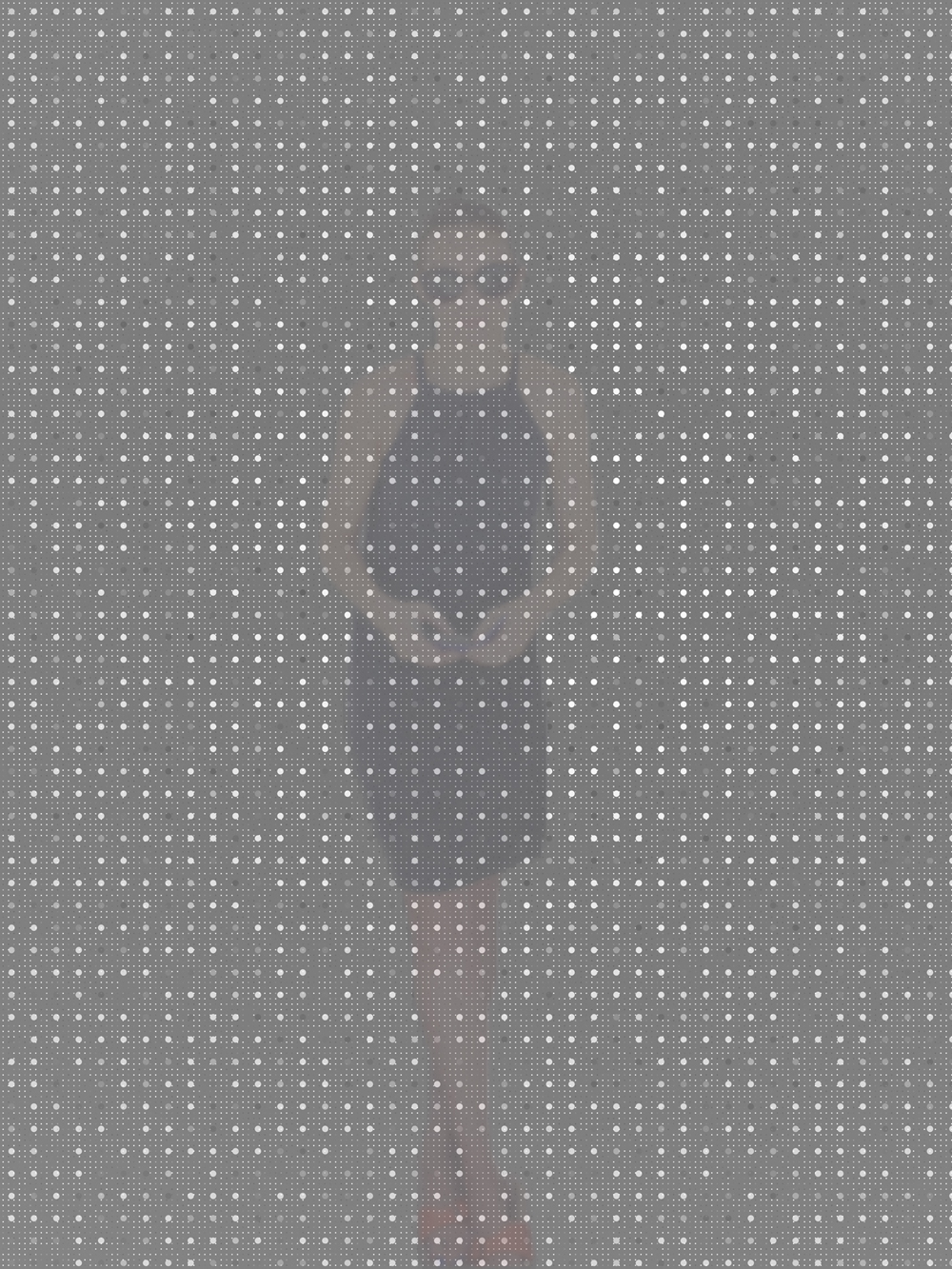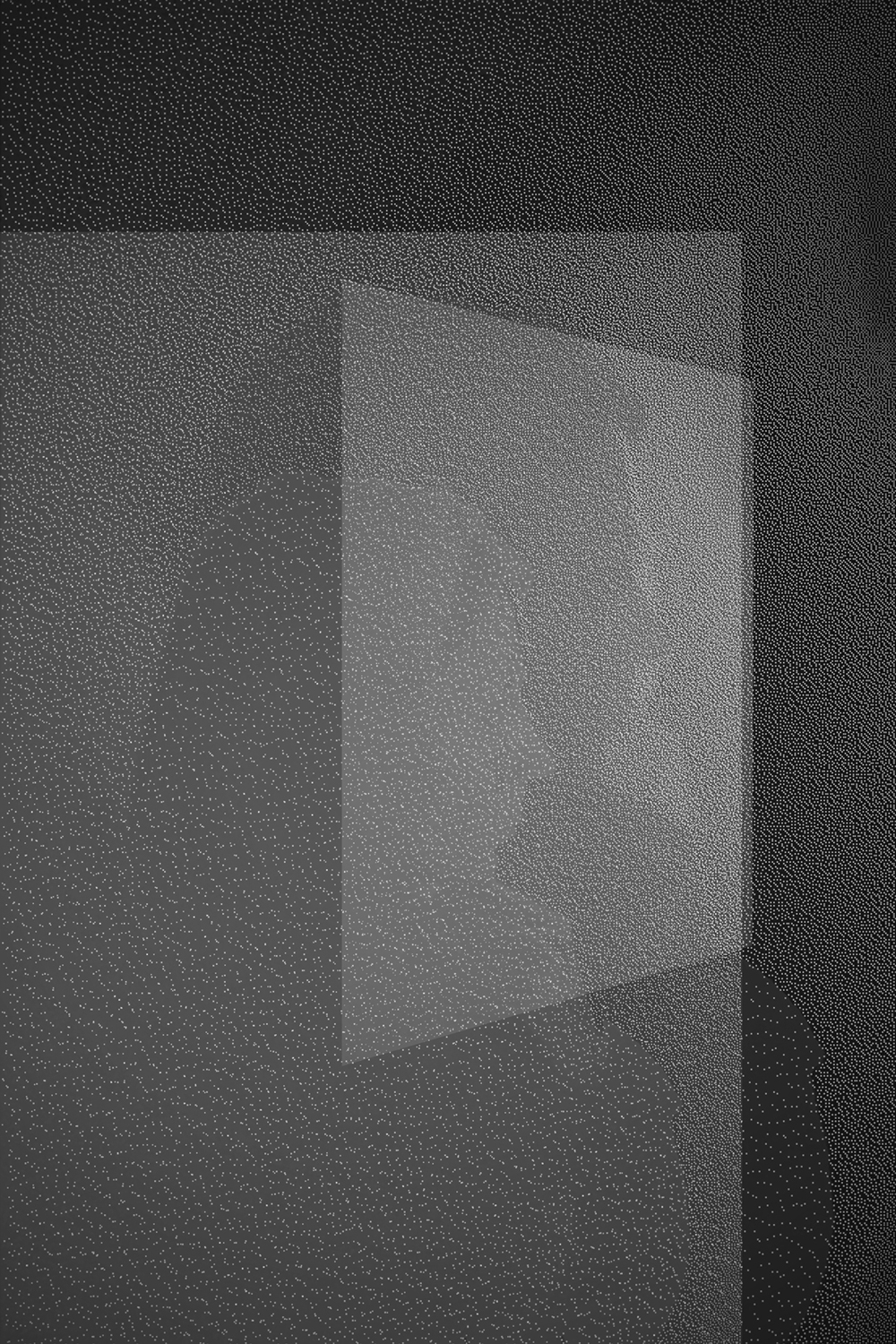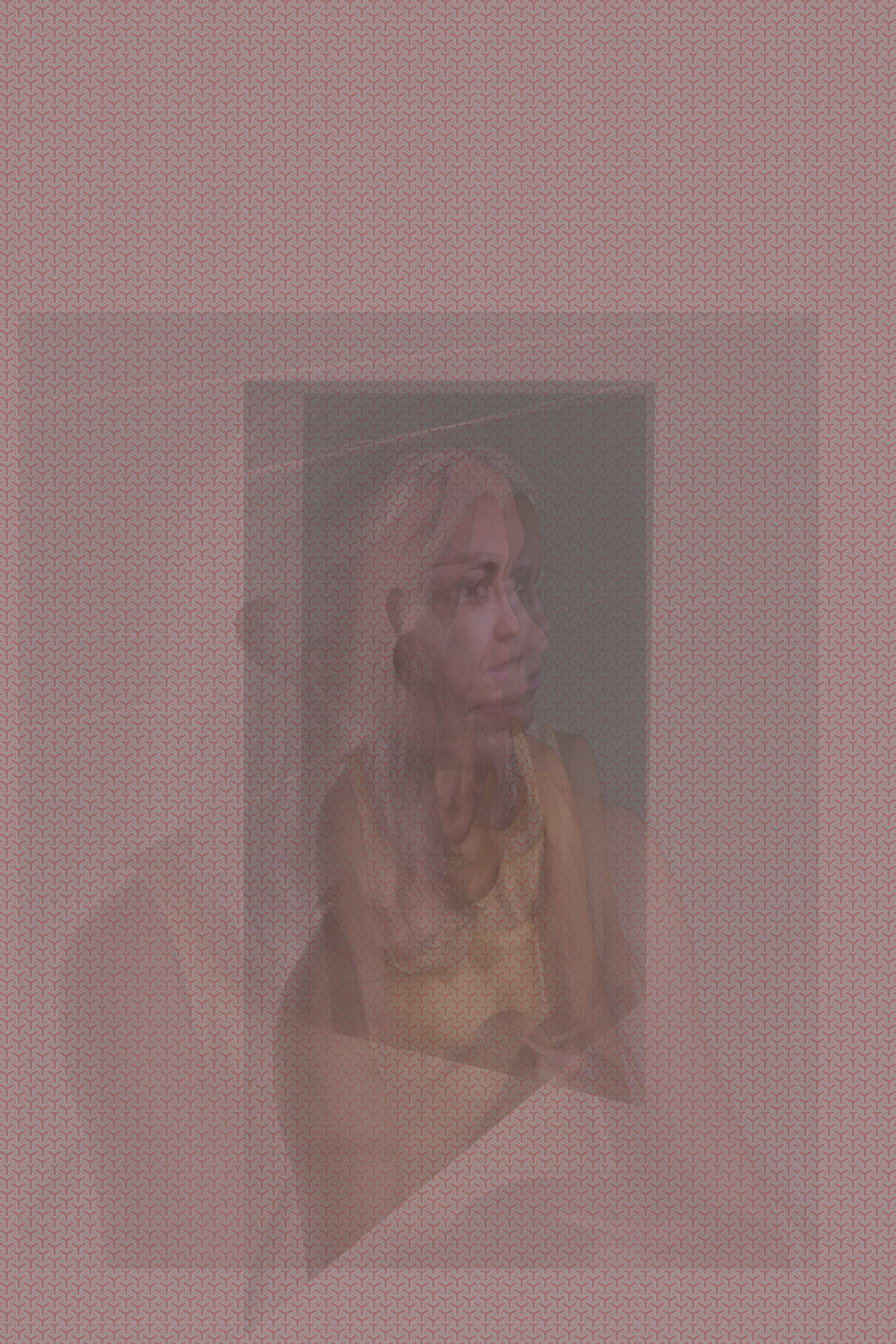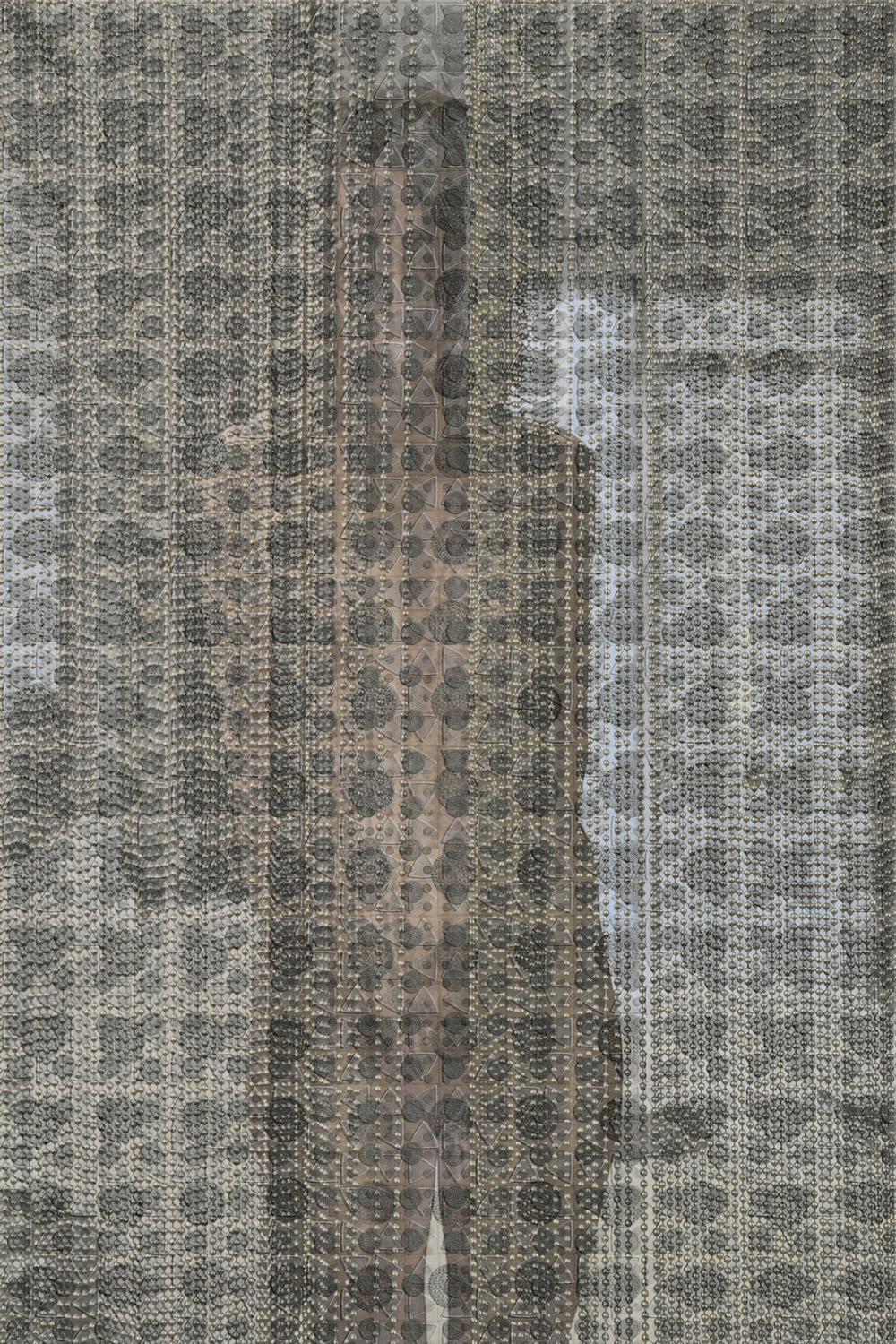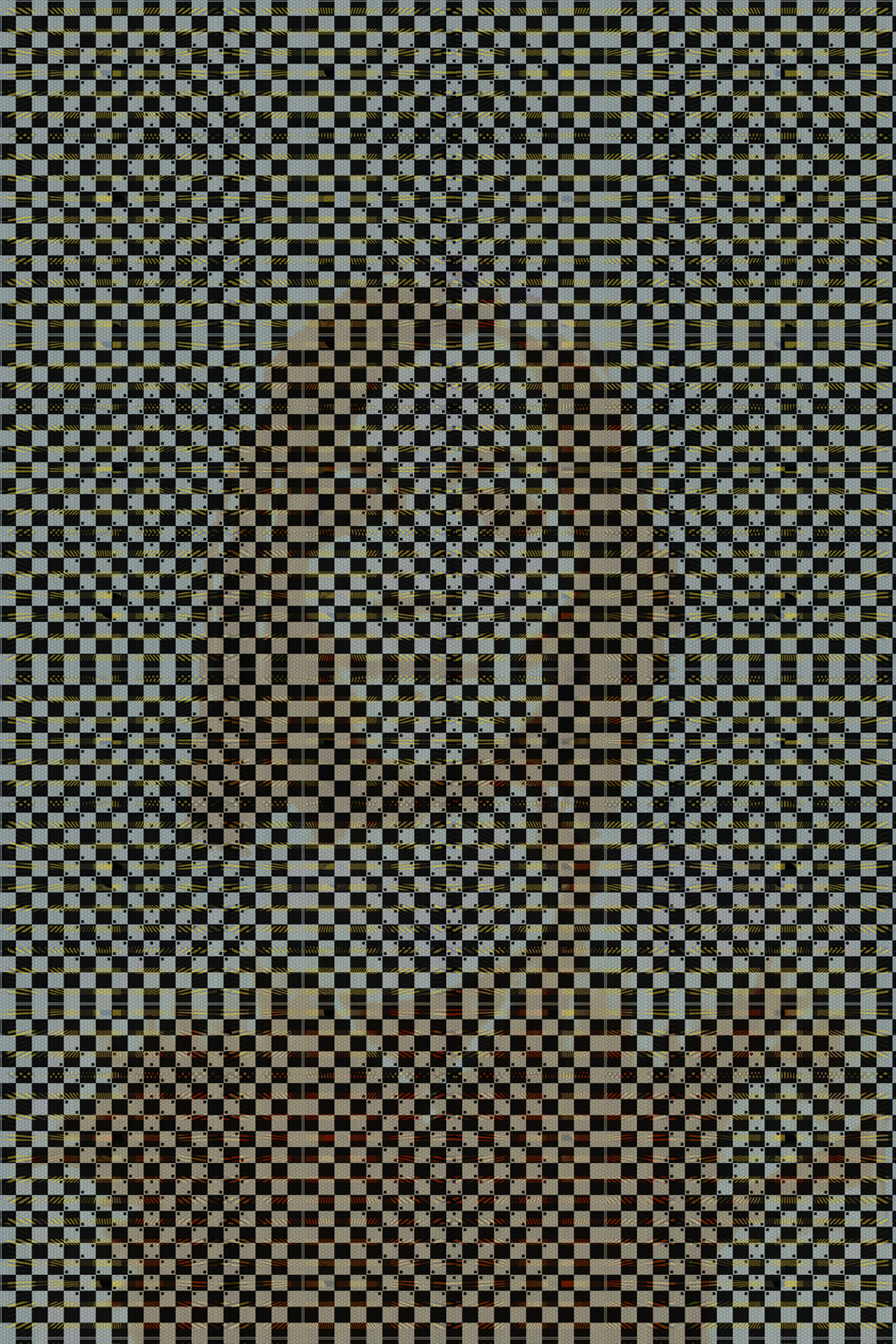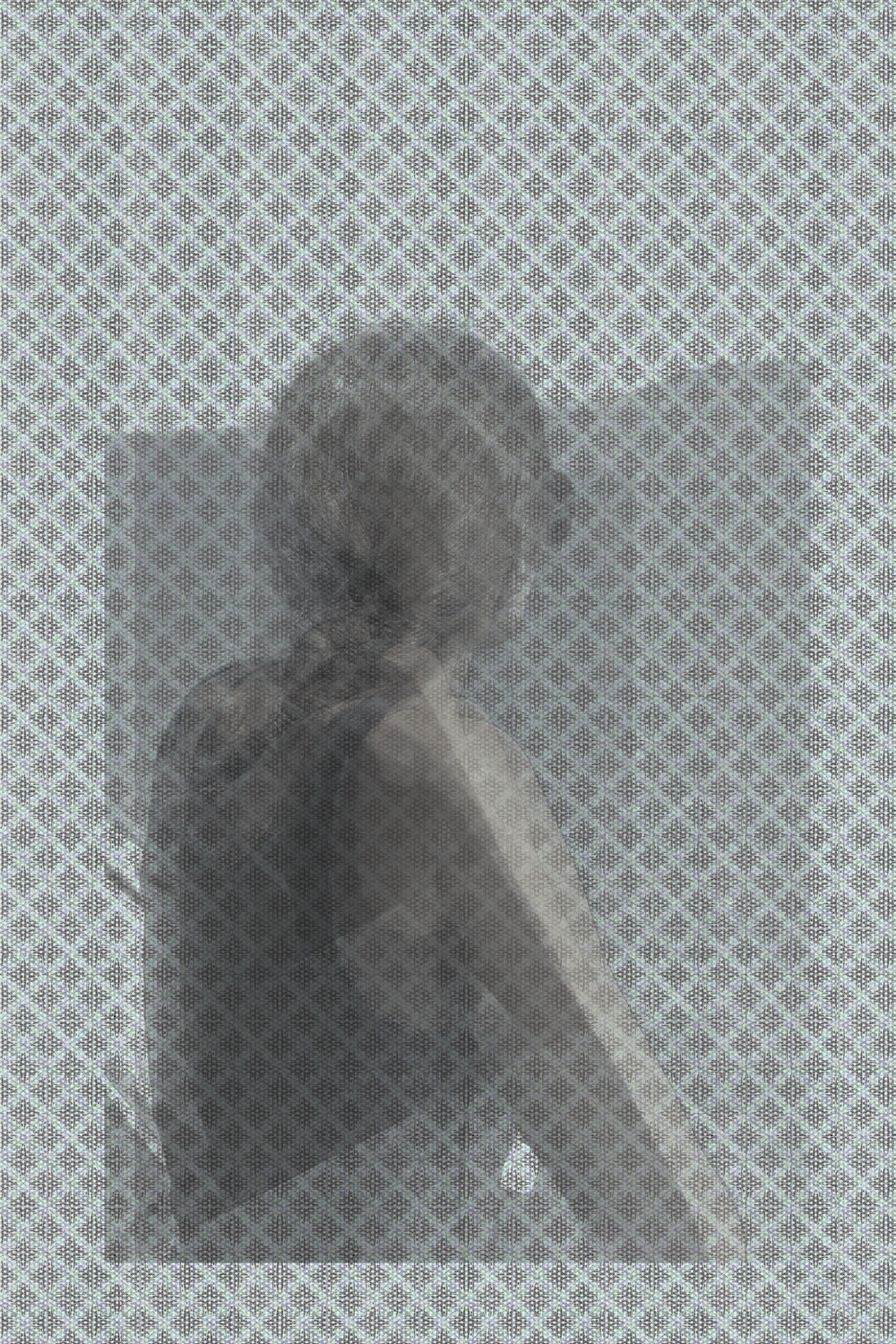Photo Courtesy of the Collection of Robert E. Jackson
The act of photographing someone from behind is often likened to voyeurism or timidity. Think Lee Friedlander's classic image of his shadow stuck to a fur-clad woman's back. Or the countless, anonymous, about-faced vernacular snapshots that shroud women in a creepy silhouette of men pursuing them with cameras. As a young teenager, one of my first photo teachers told me to avoid making this kind of portrait at all costs - their recommendation (or commandment!) was meant as an encouragement – to get to know people, explore something deeper, make a connection or challenge me to engage on a deeper level. But what can this sometimes frowned-upon approach disclose in gesture or body language? Can it tell us more than direct eye contact might pretend? Pace McGill curated a rather compelling exhibition of these kinds of portraits throughout photographic history last summer in NYC. Building on some of these historical notions, we contacted some of our favorite contemporary emerging and mid-career photographers to hear their about their own back-portraits, and their thoughts on this reversal of reveal.


